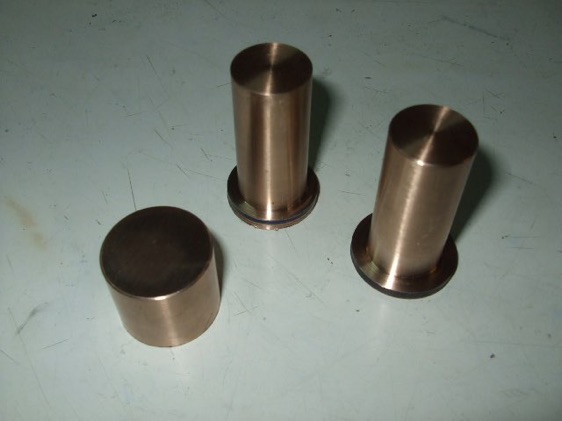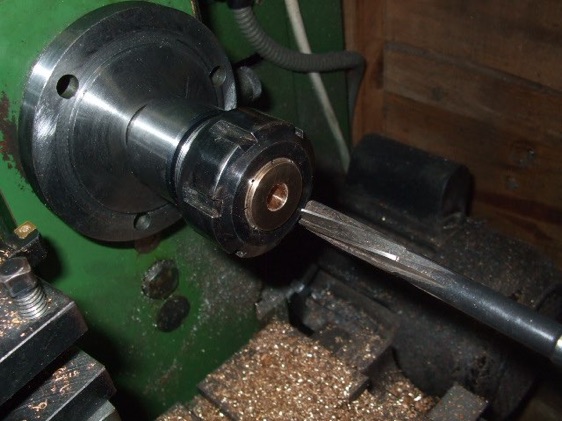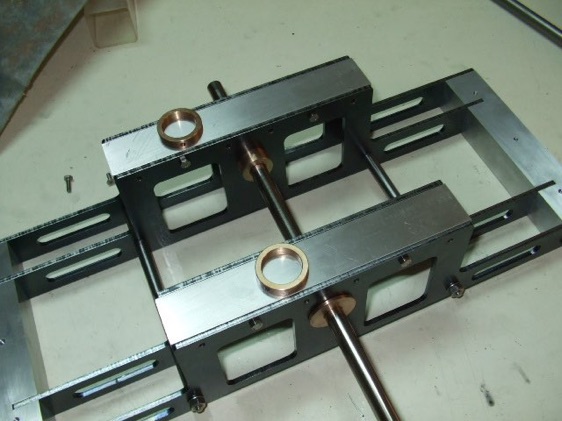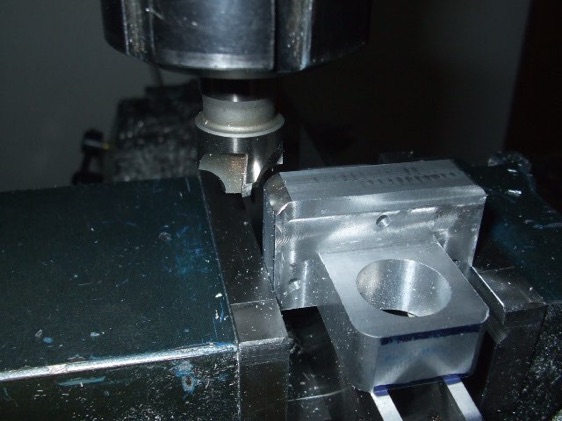USS MONITOR
ENGINE BUILD
Part 2 by Vince Cutajar

USS MONITOR
ENGINE BUILD
Part 2 by Vince Cutajar
The USS Monitor was an ‘ironclad’ steam ship which famously saw service in the Civil War in the early 1860s. The ship's engine was designed by John Ericsson as a "vibrating side-lever engine." He had created similar engines before and decided to use the design again because of its advantage for a small, low-riding warship.
Most steam engines of the time had vertical pistons, which occupied a lot of space and made them vulnerable to enemy fire because they were partially above the waterline. In contrast, the Monitor's 30-ton, 400 horsepower engine had pistons that moved horizontally, which reduced the height of the engine and allowed it to be mounted below the waterline.
Although a successful fighting ship the Monitor was not stable in rough seas due to its formidable rotating turret and sank in the early hours of January 1, 1863.
The engine was recovered from the Monitor's wreck site in 2001. It is now resting upside-down in an alkaline solution to inhibit corrosion. Over the coming years, conservators will continue to clean and separate the many different pieces of the engine to preserve them properly.
The first model Monitor was shown at Harrogate in 2014 by Brian Stephenson to the design of Bob Middleton. It was built without castings, like Bob’s other designs. Julius de Waal has produced these CAD drawings for both metric and imperial (see here) versions. A double sized version can be found here. Drawings can be downloaded for personal use only.
This one is built to Julius’ metric drawings.
Next was the crankshaft main bearings (item 12) and the crankshaft main bearing locking rings (item 13). Fortunately, I had a piece of phosphor bronze of the right length. Can't remember why I had it.
First made the bearing blanks and another blank for the locking rings.


After finishing the rings I replaced the 3 jaw chuck with a collet holder and drilled 9.8mm and then reamed 10mm.


Drilled all the 3mm mounting holes at the bottom.












Part one here Part two Part three Part four Part five Part six Part seven Part eight Part nine Part 10 Part 11 Part 12 Part 13 Part 14 Part 15 Part 16 Part 17


